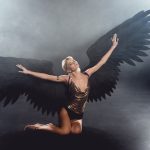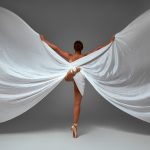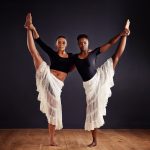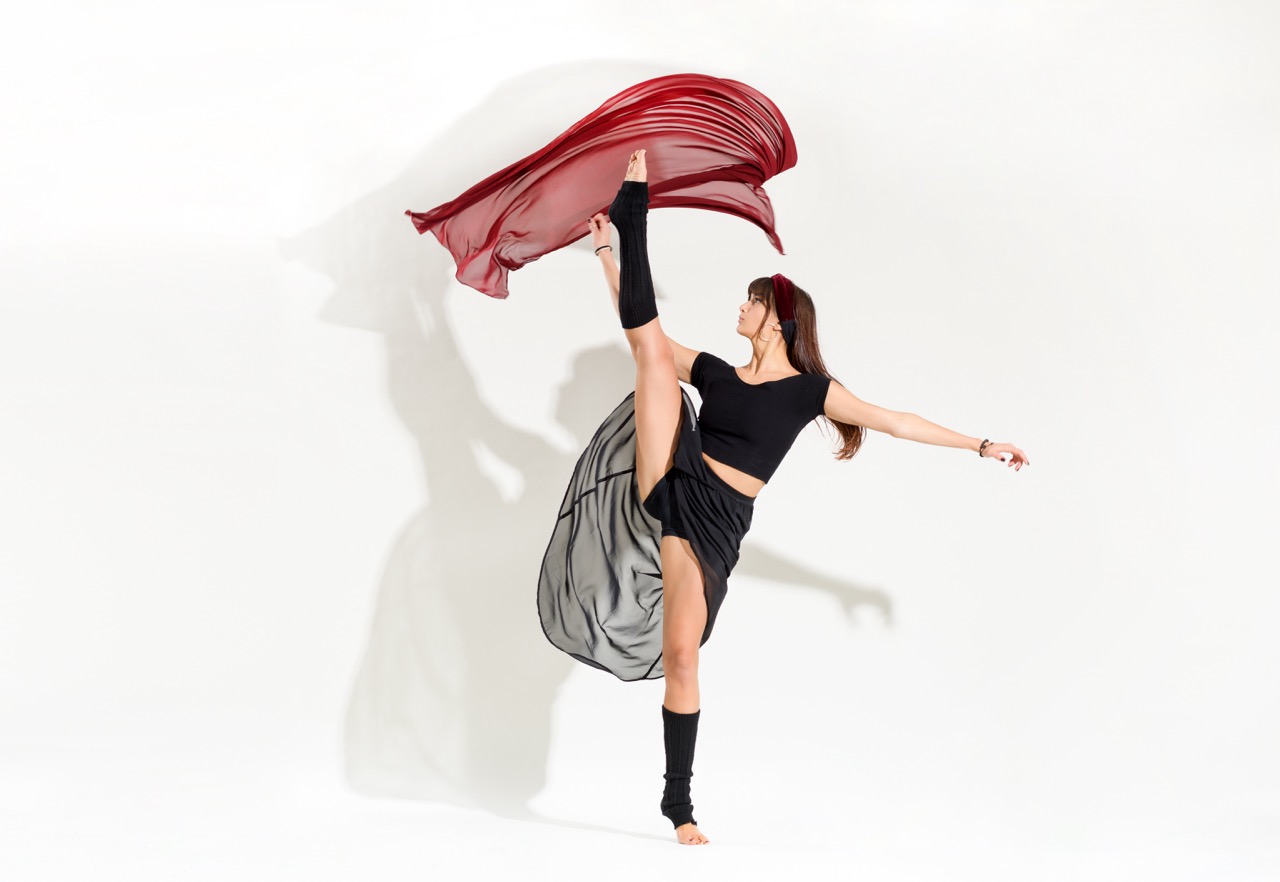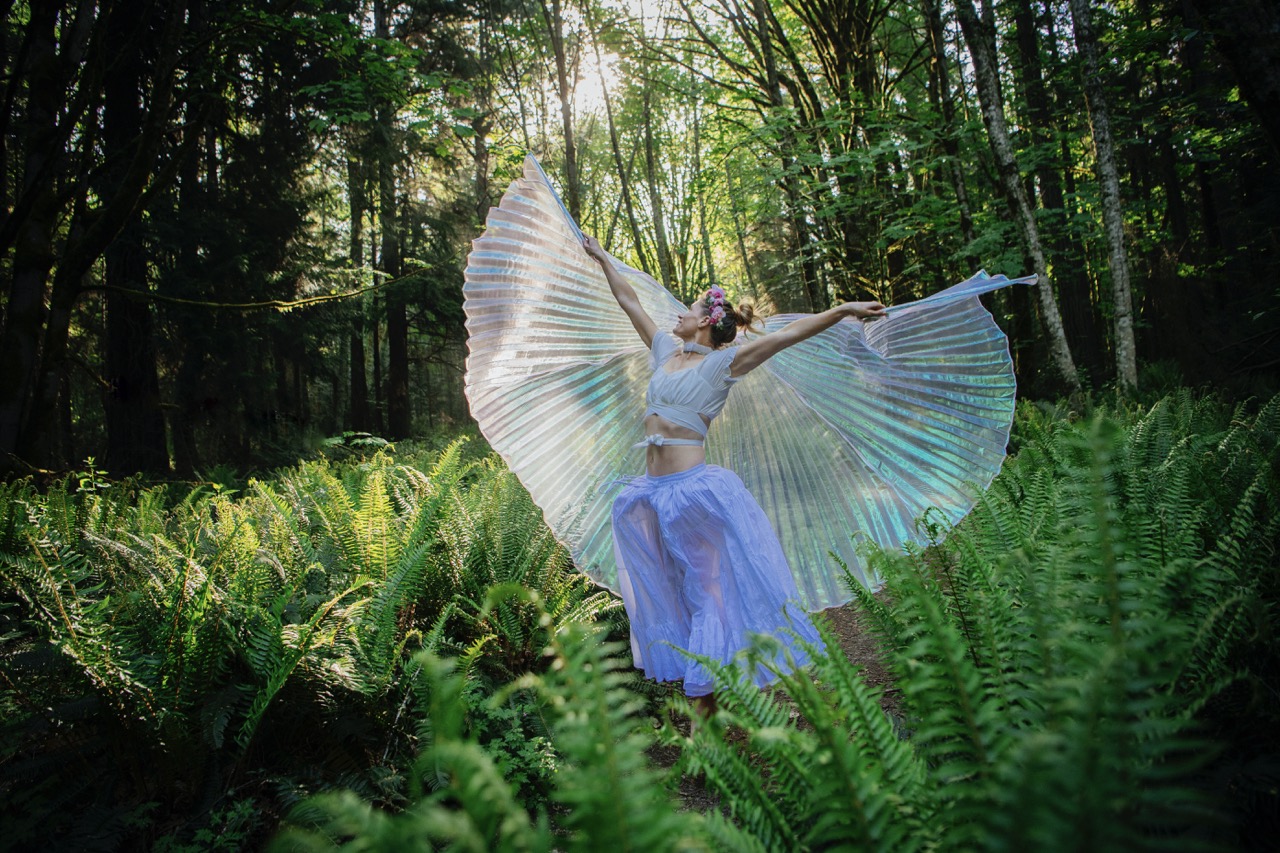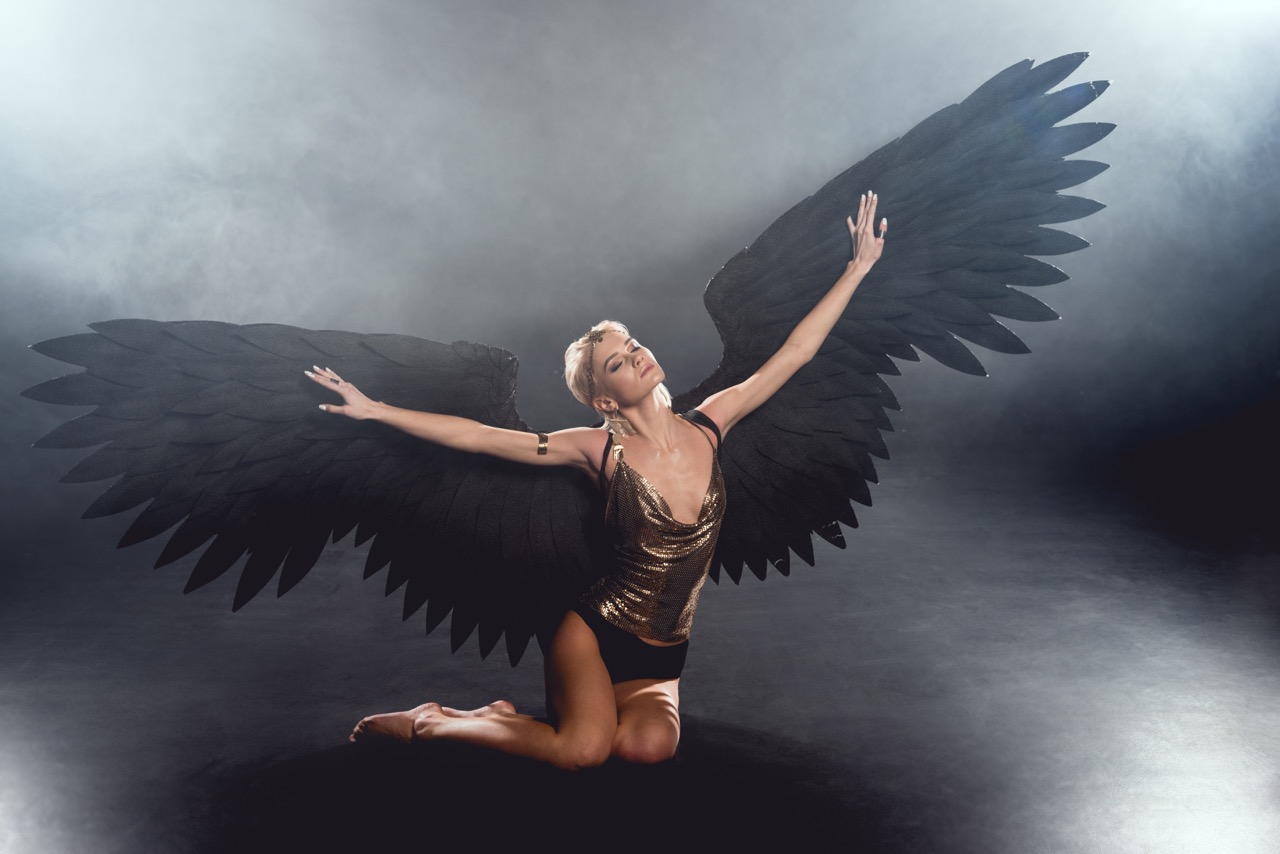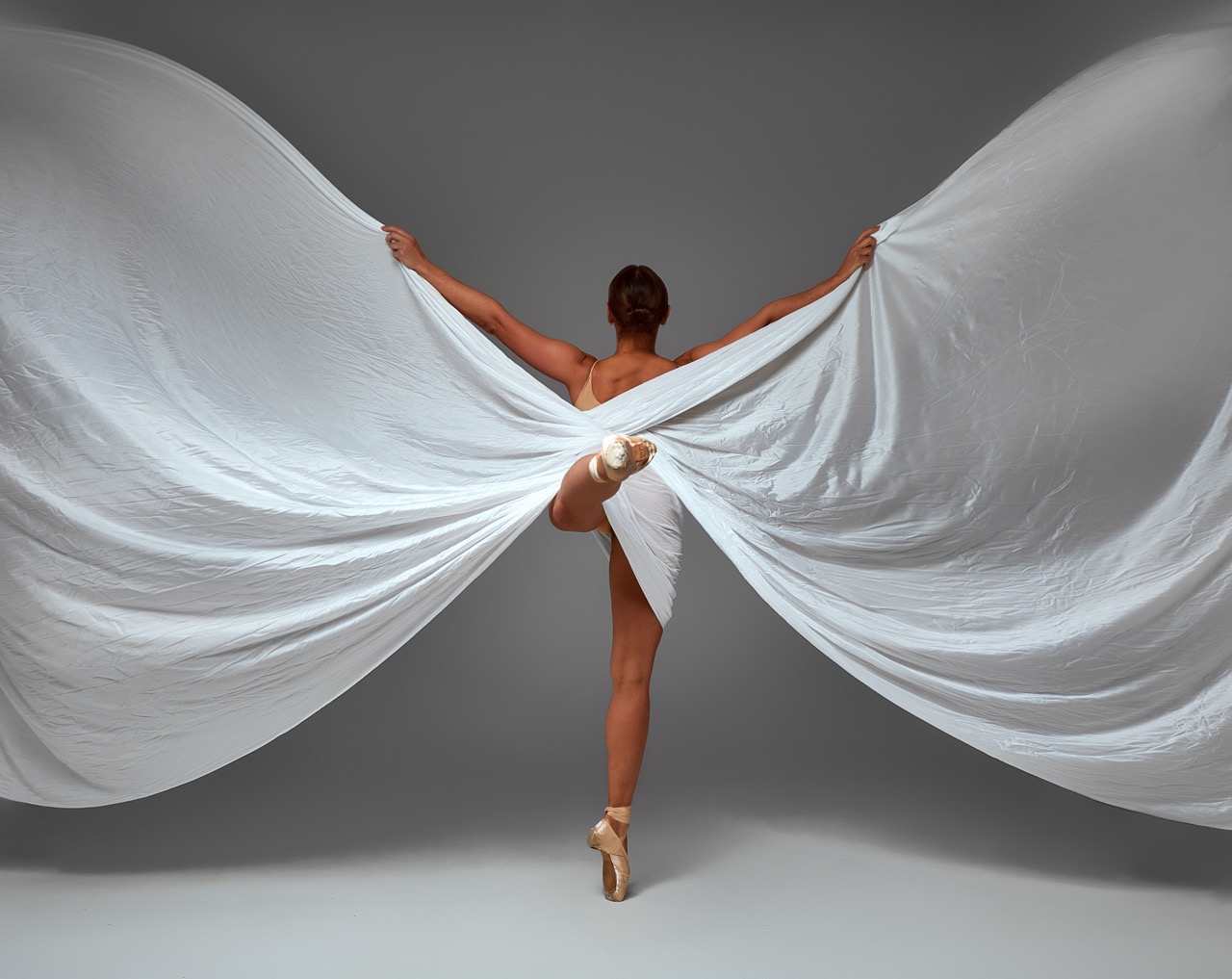In the realm of performing arts, dance has always been a medium of expression, emotion, and storytelling. Yet, as technology continues to evolve, so too does the way artists conceptualize and execute their craft. One of the most groundbreaking innovations in this field is motion-capture technology, which has the potential to revolutionize choreography, particularly in movements that mimic the fluidity and grace of winged creatures. By integrating digital tools with traditional dance forms, choreographers can explore new dimensions of movement, enhancing both the creativity and precision of their work.
The Fusion of Technology and Dance: A New Era in Choreography
The intersection of technology and dance has been a topic of exploration for several years, but motion-capture technology has ushered in a new era that redefines the boundaries of choreography. This sophisticated technique allows choreographers to digitally record a dancer’s movements with remarkable accuracy. The data captured can then be analyzed, manipulated, and transformed into various artistic expressions, providing a unique platform for innovation. Artists can now visualize complex movements that may have previously been difficult to achieve, enabling them to push the limits of conventional choreography.
Moreover, the adoption of motion-capture technology facilitates a collaborative environment where dancers and choreographers can work together more effectively. By visualizing movements in a 3D space, choreographers can communicate their ideas more clearly, making the rehearsal process more efficient. Dancers can experiment with their movements without the constraints of physical limitations, allowing for a more fluid and dynamic creative process. This collaboration fosters a community where technology and artistry coexist, ultimately enriching the dance landscape.
As this fusion continues to evolve, it also opens up avenues for cross-disciplinary collaborations. Dance, film, theater, and gaming industries can interweave their narratives and aesthetics, creating hybrid art forms that challenge traditional conventions. Artists can draw inspiration from various mediums, leading to groundbreaking performances that captivate audiences in new and unexpected ways. The synergy of technology and dance signals an exciting future where creativity knows no bounds.
Elevating Performance: The Benefits of Motion-Capture
One of the most significant advantages of motion-capture technology in dance is its ability to enhance performance quality. By capturing intricate movements, choreographers can identify nuances in a dancer’s technique that may not be visible to the naked eye. This level of precision allows for personalized feedback, enabling dancers to refine their skills and elevate their performances. As a result, the final presentations are not only more polished but also more expressive, showcasing the dancers’ abilities at their peak.
Additionally, motion-capture technology can simulate various environments and conditions, allowing dancers to prepare for performances in ways that were previously unimaginable. Choreographers can visualize how movements translate in diverse settings, from grand stages to intimate theater spaces. This adaptability enables artists to craft their performances with a greater understanding of how their movements will resonate with audiences, making each show a unique experience.
Furthermore, the incorporation of motion-capture technology can enhance the storytelling aspect of performances. Choreographers can create narratives that emphasize the connection between the dancers and their environment, particularly when depicting winged movements. By integrating visual effects and digital enhancements, performances can take on a magical quality, where the dancers’ movements are amplified and transformed into a captivating spectacle. This technological elevation not only entertains but also engages audiences on a deeper emotional level.
Capturing the Essence: Precision in Winged Movement
The delicate and intricate movements associated with winged creatures are a significant source of inspiration for many choreographers. Motion-capture technology enables artists to break down these movements with unparalleled precision, allowing for an in-depth study of the biomechanics involved. By analyzing the captured data, choreographers can distill the essence of winged movement, translating it into choreography that resonates with both the physicality of dance and the ethereal quality of flight.
Moreover, this technology allows choreographers to explore how different body types and dimensions affect the execution of winged movements. By analyzing the captured data, they can personalize choreography based on individual dancers’ strengths and limitations, ensuring that each performance feels authentic and unique. This attention to detail results in a more holistic representation of winged movements, leading to performances that are both visually stunning and technically sound.
Incorporating motion-capture technology also invites a new layer of creativity into the choreography process. Dancers can experiment with various interpretations of winged movement, enabling choreographers to explore alternative styles and techniques. This collaborative experimentation can lead to innovative works that not only pay homage to the beauty of flight but also redefine the artistry of dance itself. As choreographers capture the essence of winged movement, they open doors to a tapestry of possibilities that can inspire future generations of dancers.
Transforming Dance: Innovations for the Modern Choreographer
The landscape of dance is continuously evolving, and motion-capture technology is at the forefront of this transformation. Modern choreographers can harness this technology to craft performances that blend the physical with the digital, creating multisensory experiences that engage audiences in new ways. The ability to manipulate recorded movements opens avenues for creativity that transcend traditional choreography, allowing the exploration of themes, narratives, and aesthetics that resonate in the contemporary world.
Innovations in motion-capture technology are also expanding its accessibility, enabling more dancers and choreographers to experiment with this tool. As the technology becomes more widespread, emerging artists can leverage motion-capture techniques in their work, enriching the dance community with diverse perspectives and styles. This democratization of technology encourages collaboration and experimentation, fostering a vibrant culture of innovation that benefits the art form as a whole.
Ultimately, the integration of motion-capture technology in dance is not merely a trend; it is a fundamental shift in how choreography is conceived and performed. As artists embrace this technology, they are not only reinventing the art of dance but also redefining the boundaries of human expression. With each new performance, the fusion of movement and technology creates a captivating narrative that resonates with audiences, prompting a deeper appreciation for the artistry of dance.
The marriage of motion-capture technology and winged choreography is an exciting frontier that invites artists to explore the limitless possibilities of movement. By capturing the essence of flight, choreographers are empowered to innovate, elevate performance quality, and engage audiences in transformative experiences. As the dance community continues to embrace these advancements, the future holds a wealth of opportunities for creative exploration, pushing the boundaries of what dance can be. As we look ahead, it is clear that the fusion of technology and dance will continue to inspire, challenge, and enrich the art form for generations to come.

